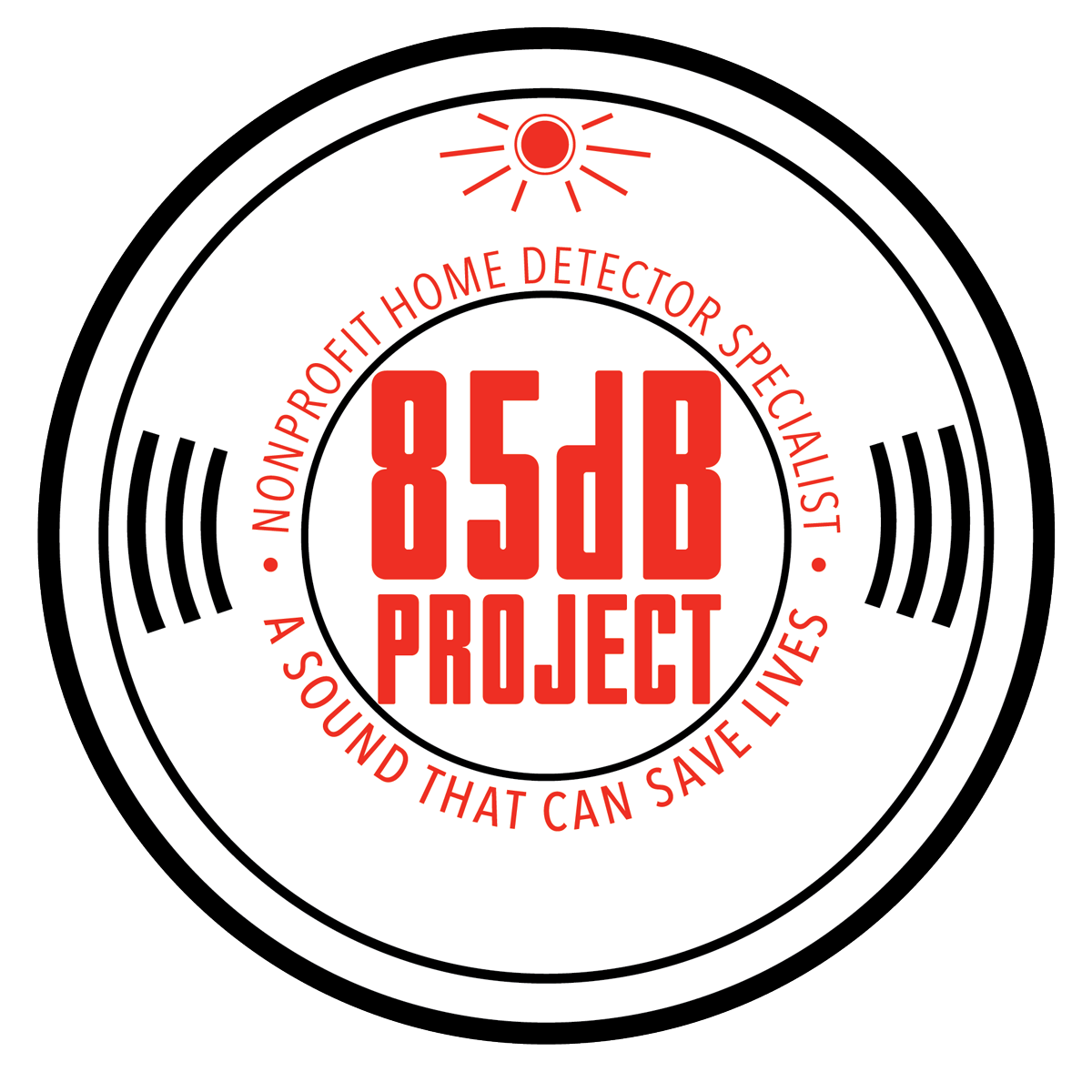Smoke detectors are fundamental devices in safeguarding homes and businesses against fire hazards. Proper installation and maintenance of these devices can significantly enhance fire safety. However, errors during installation or maintenance can compromise their effectiveness, leaving properties and occupants vulnerable. Understanding and avoiding common mistakes when installing smoke detectors is crucial for ensuring optimal protection.
1. Incorrect Placement: Placing smoke detectors in the wrong locations can reduce their effectiveness. Avoid installing detectors near air vents, windows, or doors where drafts might disrupt their function. Also, ensure detectors are placed on ceilings or high on walls, following manufacturer guidelines for optimal positioning.
2. Using the Wrong Type of Detector: Different areas in a house or building may require specific types of smoke detectors. Using the wrong type (e.g., installing ionization detectors in areas prone to smoldering fires) can lead to delayed or missed alarms.
3. Neglecting Regular Testing: One common mistake is assuming smoke detectors are functional without regular testing. Test detectors monthly by pressing the test button to ensure they’re operational. Also, replace batteries or conduct necessary maintenance as per the manufacturer’s recommendations.
4. Lack of Interconnection: Failing to interconnect smoke detectors is another oversight. Interconnected detectors ensure that if one alarm is triggered, all detectors in the system activate, providing comprehensive coverage throughout the property.
5. DIY Installation Errors: Incorrect installation by homeowners or inexperienced individuals might lead to ineffective performance. It’s crucial to follow manufacturer instructions precisely or seek professional assistance to ensure proper installation.
6. Using Expired or Outdated Detectors: Smoke detectors have a lifespan and can become less reliable over time. Using expired or outdated detectors might compromise their ability to detect smoke accurately. Replace detectors as recommended by the manufacturer.
7. Disabling Detectors Temporarily: Some people may temporarily disable smoke detectors due to false alarms or while cooking. However, forgetting to reactivate them afterward can be dangerous. It’s essential to re-enable the detectors promptly.
8. Neglecting Maintenance: Smoke detectors require regular maintenance, including cleaning to remove dust and testing to ensure functionality. Ignoring these maintenance tasks can impair the detectors’ performance.
Conclusion
Installing and maintaining smoke detectors correctly is pivotal in ensuring the safety of occupants and property. Avoiding common mistakes such as incorrect placement, using the wrong type of detector, neglecting testing and maintenance, and DIY installation errors can significantly improve the effectiveness of these devices. Regularly testing, maintaining, and replacing smoke detectors when necessary are essential practices for optimal fire safety. By being aware of these common mistakes and taking proactive measures, individuals can enhance the reliability and functionality of their smoke detection systems, contributing to a safer environment for all.


